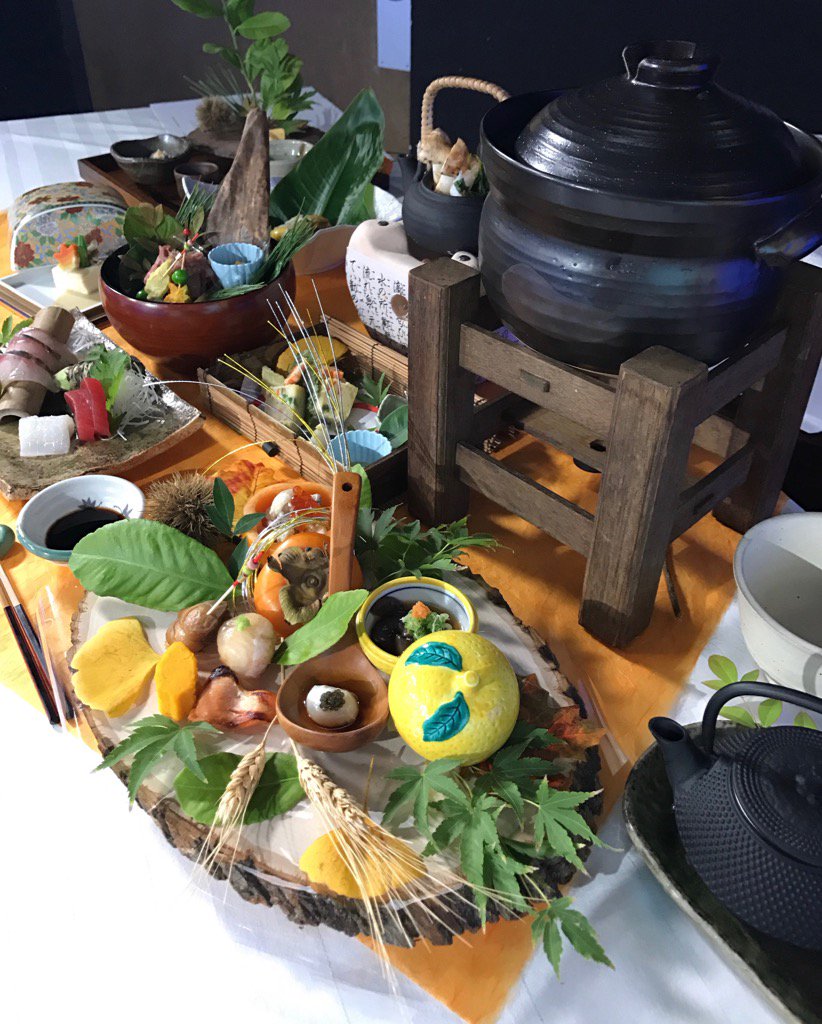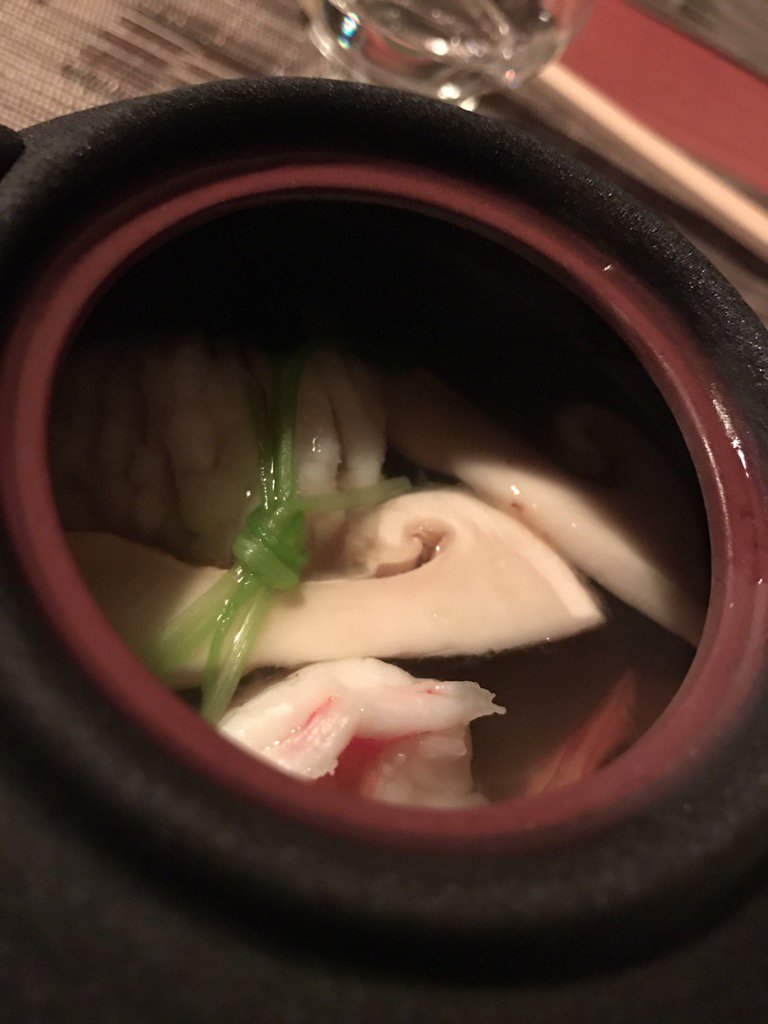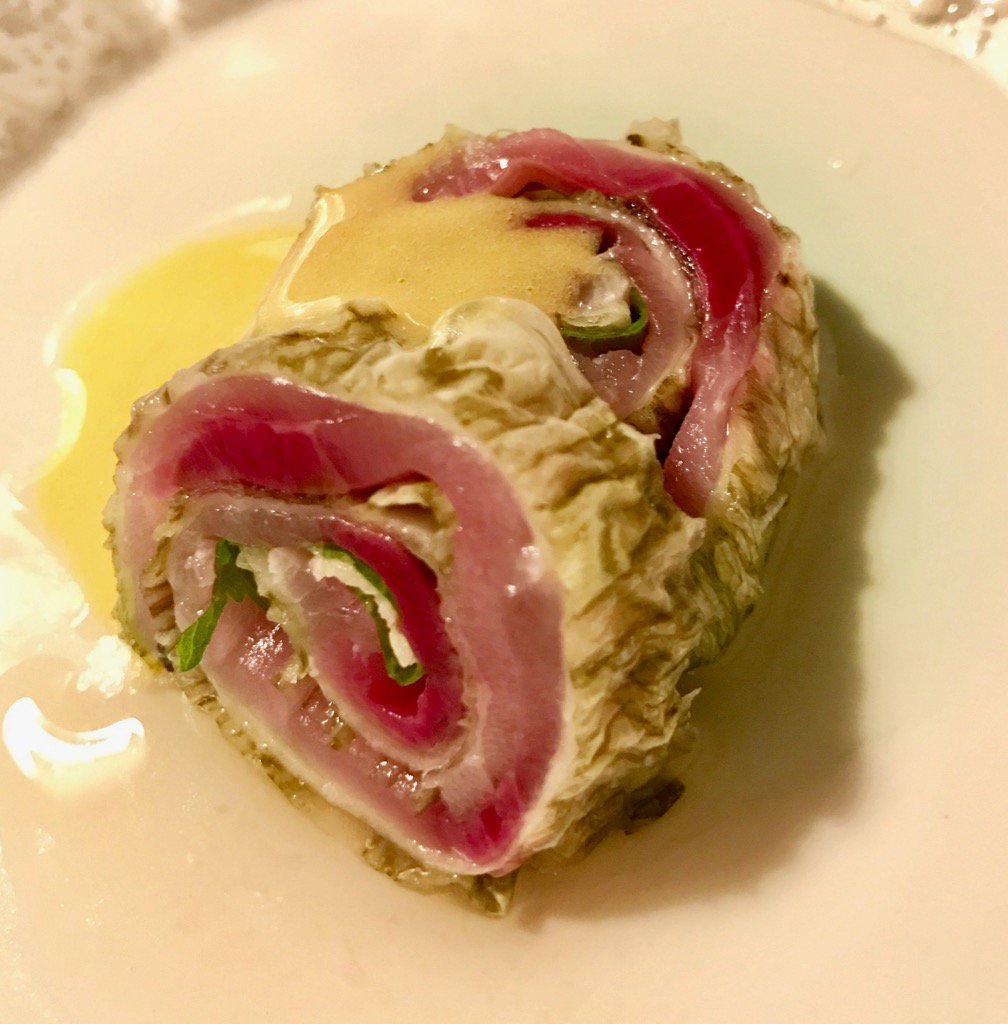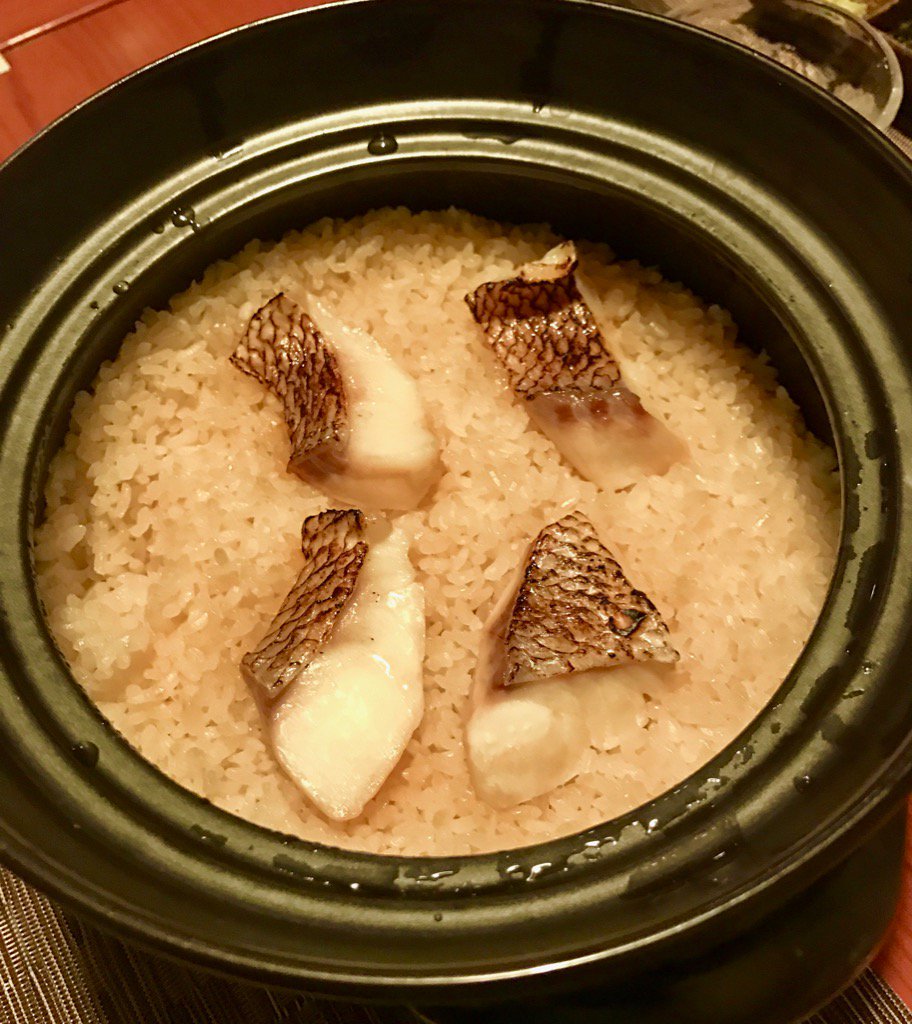
Face it: we all eat too much meat. No one loves a great rib eye or cheeseburger more than yours truly, but consuming them isn’t good for our arteries, the planet or the cows. That’s where seafood comes in. People usually don’t associate great seafood with Las Vegas, and if you asked your average tourist, they’d claim buffets and steak houses as Sin City’s most iconic eats. But thanks to the wonders of modern transportation, and exotic, flown-in fare from around the world, seafood-centric chefs are plating a number of dishes that compete with anything you can find on the coasts. Las Vegas may be 286 miles from the closest ocean, but each of these taste like it just jumped from the water and onto your plate.
EMERIL’S CRAB CAKE

Resembling more of a tower than a patty, Emeril Lagasse’s jumbo lump beauty is an architectural marvel – big, buttery chunks of Maryland Blue suspended by the merest wisp of filler, capped with crunchy bread crumbs, and served with either a classic, coat-your-arteries remoulade, or a lighter, piquant relish in the warmer months. The fun comes in toppling that structure to reveal an almost disconcerting amount of plump crustacean within.
MILOS CARABINEROS ROSE SHRIMP

How red can seafood get? How delicious can shrimp be? These are but two of the questions that will be answered by your first bite of these Portuguese beauties. The third will be: How do I properly suck the head of a decapod? Why, with a dollop of sherry poured into the decapitated space, of course! The staff will happily guide you, and the impromptu shot of bisque you create will be a revelation in shrimp intensity
MR. CHOW DOVER SOLE

Urbane, theatrical, and expensive, Mr. Chow may be the perfect embodiment of the Strip’s culinary resurgence since the great recession. Its rice wine-steamed Dover sole might be Chinese fish at its most understated and elegant. The English and French may do wonderful things with this dense, cold water swimmer, but steaming it brings out a delicate, velvety smoothness that the Chinese prize above all else. All it takes is a little soy sauce and some bits of green garnish to complete a fish dish fit for the gods.

Genichi Mizoguchi, or Gen-san to his regulars, has singlehandedly turned Spring Mountain Road into a mecca for serious sushi hounds. First at Kabuto and now at Yui – his own restaurant – he features only the best fish from Japan or the west coast, each variety sliced and formed into the most ethereal combination of fish on rice that was ever popped into one’s mouth. This is minimalist, purist sushi, but whatever he’s slicing (and every night there are over a dozen featured species) it will be the best you can get this far east of the Far East. P.S. Yui Edomae Sushi celebrates its one year anniversary this week.

ANDIRON LOBSTER ROLL

Oh, Andiron lobster roll, how do I love thee? Let me count the ways: Is it your soft, squishy, split-buttered bun? The rosy red-white chunks of shellfish? Barely held together by mayo? The crunch of celery? The wisp of dill? Truth be told, it is all of these things and more. The lobster roll at Andiron is the perfect evocation of sitting on a picnic table by the Connecticut (or Rhode Island or Massachusetts) shore, with the brisk salinity of an Atlantic breeze in your hair, eating the most iconic and American of foodstuffs. There should be nothing skimpy about the meat, and nothing too overpowering about the seasonings or binder. It should be all about the lobster, tucked and overflowing out of that beautiful bun. And here it is.






